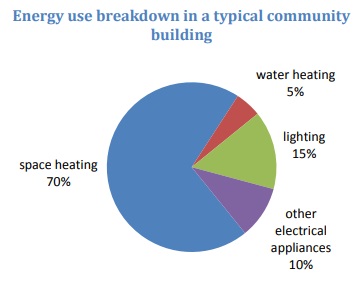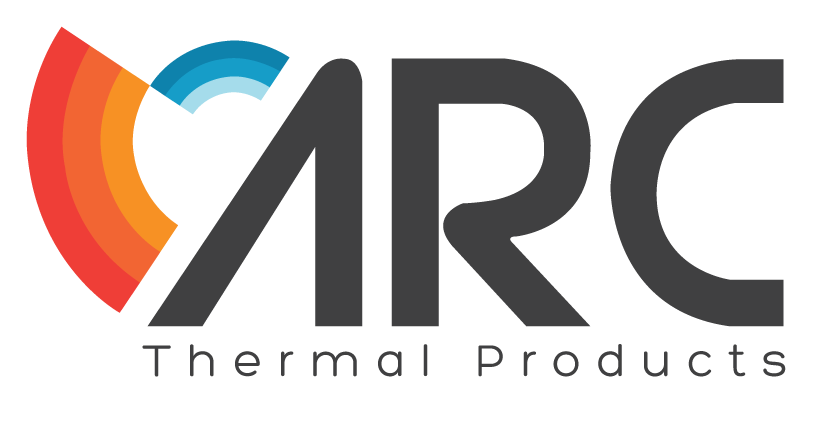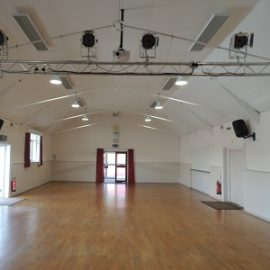Community Buildings
If you are involved in looking after halls and similar community buildings please visit our new dedicated Village Hall Heating website.
The Challenge with Community Buildings
Due to their age, many community buildings suffer from poor building fabric and outdated technology. Inefficient heating systems struggle heating large spaces with high ceilings and inadequate insulation and old lighting are commonplace. This means there are usually good opportunities to reduce energy bills and cut carbon emissions by replacing and upgrading these aspects of the building. There is also the argument that if a community building is warmer and more comfortable to use, more people will want to use it.
Energy Efficiency Measures
The costs of replacing and upgrading these aspects of a community building can vary significantly, but most energy efficiency measures will eventually pay for themselves through the saving they generate from the building’s reduced energy bills. It is also worth noting that energy efficiency measures may attract grant funding which would reduce the overall cost of the upgrade (capital and installation cost) by up to 33% further enhancing the Return on Investment.
Energy Use in Community Buildings
 Every community building is different, and energy use in a specific building will depend on a range of factors such as the building fabric, how and when the building is used, and the heating systems and appliances that are being used. In an average community building, space heating accounts for the vast majority of energy use (see chart opposite). As a result improving the way the building is heated, for example using an energy efficient infrared heating system will have a far bigger impact than changes made to lighting, appliances or water heating.
Every community building is different, and energy use in a specific building will depend on a range of factors such as the building fabric, how and when the building is used, and the heating systems and appliances that are being used. In an average community building, space heating accounts for the vast majority of energy use (see chart opposite). As a result improving the way the building is heated, for example using an energy efficient infrared heating system will have a far bigger impact than changes made to lighting, appliances or water heating.
Infrared heating is suitable for a wide range of community buildings because:
- ease of installation
- space saving with flexible mounting options on the wall (landscape or portrait) or ceiling
- lower heating cost (30% < electric convection heaters) from a silent system
- the heating is responsive and easily controlled
- Superior thermal comfort as occupants are directly warmed by the infrared
- maintenance free operation with no requirement for regular servicing
- 5 year warranty with a long service life
- better for the building – walls infused with infrared are drier (no mould) and therefore a better insulator.















